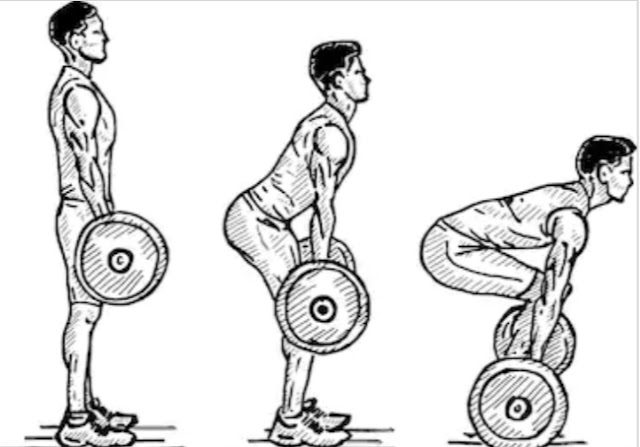What is laparoscopy?
Laparoscopy is a minimally invasive procedure that a surgeon needs to search for problems with stomach and pelvic areas. It uses a tool called Laparoscope. This is a thin telescopic pole with a video camera at the end. Your surgeon will lead you to a small cutting (cutting) of the stomach (abdomen) in a habit of less than half. The surgeon can configure three more cuts to introduce other surgical instruments, allowing him to see all the organs in the stomach and find the problem. In real time, the Laparoscope camera projects a photo of the inside of the abdomen or pelvis onto the monitor. These photos allow the surgeon to observe hand movements during the procedure. If other diagnostic tests cannot determine the cause of your condition, your healthcare provider may recommend laparoscopy. The healthcare service provider uses laparoscopy to collect tissue samples (biopsies) for testing. What is laparoscopy done for? Some of the best traditional operations for laparoscopic operations include: Cysten, conversion of uterine fibroids, stones, polyps. Small tumor removal. Biology. The fallopian tube division was reversed. Remove the conductor pregnancy. Endometriosis surgery. Urethral and vaginal reconstruction operations. Orchiopexia (testicular correction surgery). rectopexia (repair and repair). Hernien repparaturaunia. Antireflexive surgery single (Fundoplication). Gastrointestinal surgery. Gallstone cholecystectomy (gallbladder removal). Appendectomy (appendix). Is laparoscopy a major surgery? Laparoscopy is a minimally invasive procedure, but that doesn't necessarily mean it's a minor surgery. Many abdominal procedures can be performed as laparoscopic operations, but they are still large operations. Your surgeon is the best person to tell you whether your intervention is a great surgery, how you prepare it, and what you can expect during your recovery. What is the difference between laparoscopic examination and laparoscopic surgery? Laparoscopic surgery is similar to laparoscopy. Instead of looking for medical problems, medical service providers use laparoscopes and surgical instruments to manipulate the internal organs. People often use interchangeable terms. Healthcare service providers use laparoscopy for many frequent operations. More complex illnesses may require traditional surgery through larger incisions. However, health service providers prefer laparoscopic operations to the growing list of daily operations. This is because it is expensive and improves surgical outcomes. DETAILED STEPS How can I prepare for a laparoscopic examination or laparoscopic procedure? Follow these guidelines before intervention or operation: Do not eat past midnight (including water) one day before the intervention or surgery. Wear loose clothes. I have cramps with a woman in my stomach. Wear low section shoes on the day of surgery. You may become sleepy from anesthesia and become unstable in your legs. Do not wear jewelry. (You can wear your wedding ring.) Remove the nail polish before proceeding. Arrange someone to drive you home after the surgery. What happens during a laparoscopic or laparoscopic procedure? They lie on an operating table, tilting slightly with your head than your feet. Your anesthetic will give you a general anesthesia to relax your muscles and prevent pain during surgery. Your surgeon will make small cuts under your abdomen or breast. Insert a gas pipe into this incision and fill the stomach with gas. Pumping the area with gas makes organs on the monitor easier. After removing the gas pipe, the surgeon inserts the laparoscope. Surgical instruments can be inserted into nearby incisions to take tissue samples and perform surgical interventions. Your surgeon will turn off the gas from your body as soon as the process is finished and the cut closes. Diagnostic laparoscopy usually takes 30 minutes to an hour. Laparoscopic surgery depends on how complicated your condition is. If the surgeon can safely complete the laparoscopic process, it may be necessary to switch to traditional open procedures with larger cuts. What happens immediately after the procedure? After operation, they usually stay in the recovery room for about an hour, but the provider monitors important functions until they wake up. Do you feel pain when you wake up? After surgery, you may experience pain due to small amounts of gas remaining in your body or internal pain from surgery or amputation. It is also common to have shoulder pain. Providers provide painkillers to make them even more convenient.



















